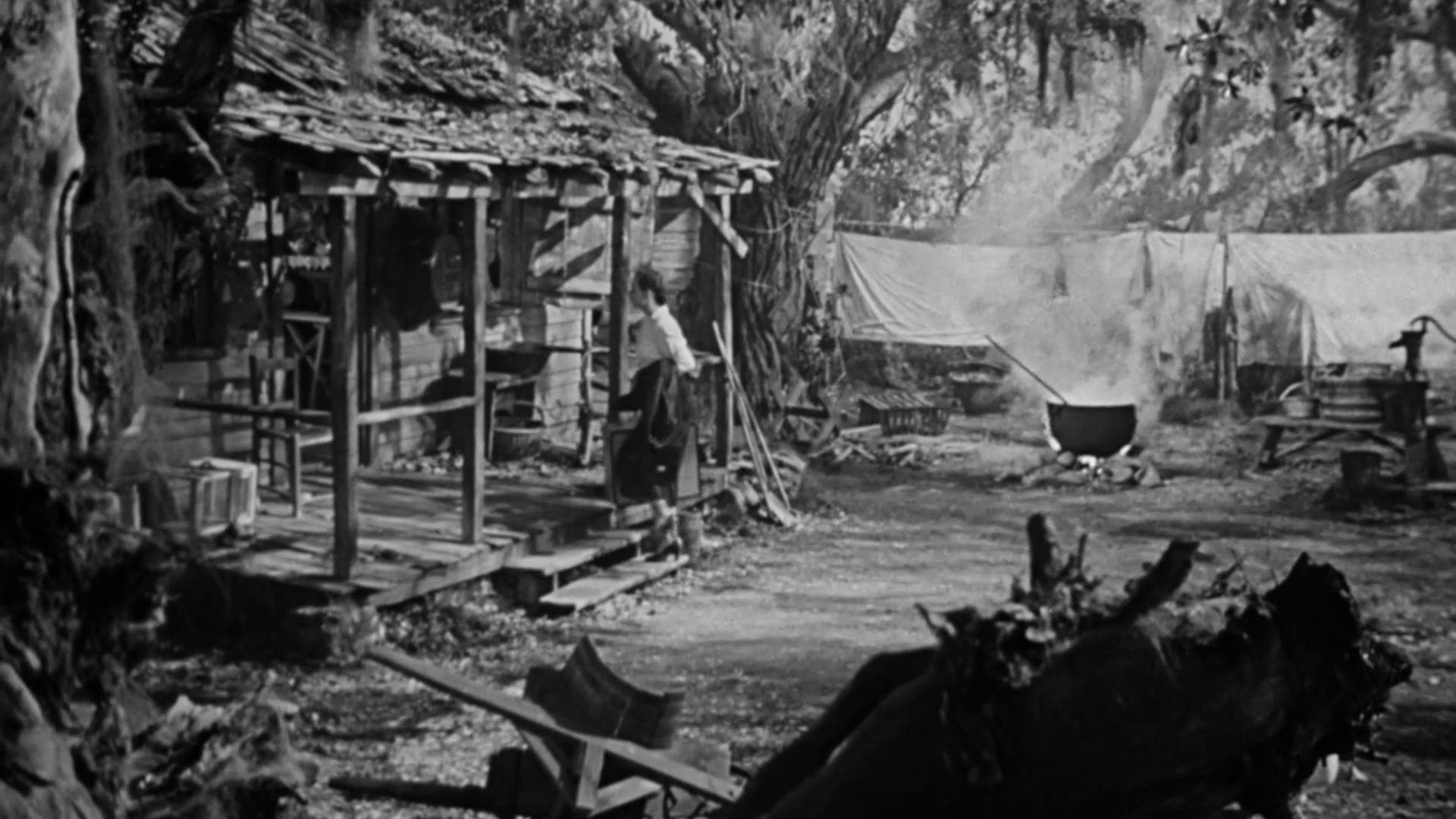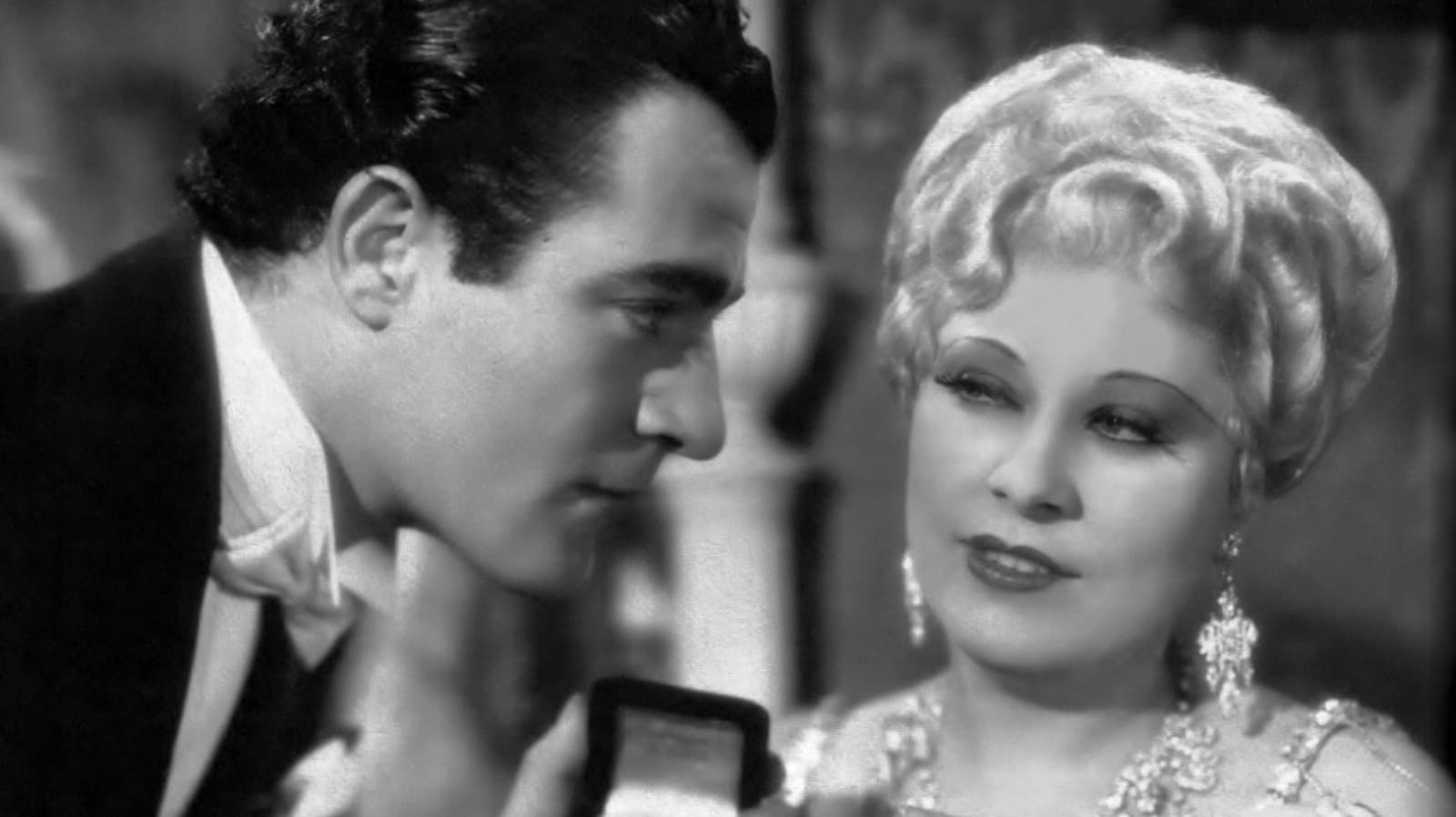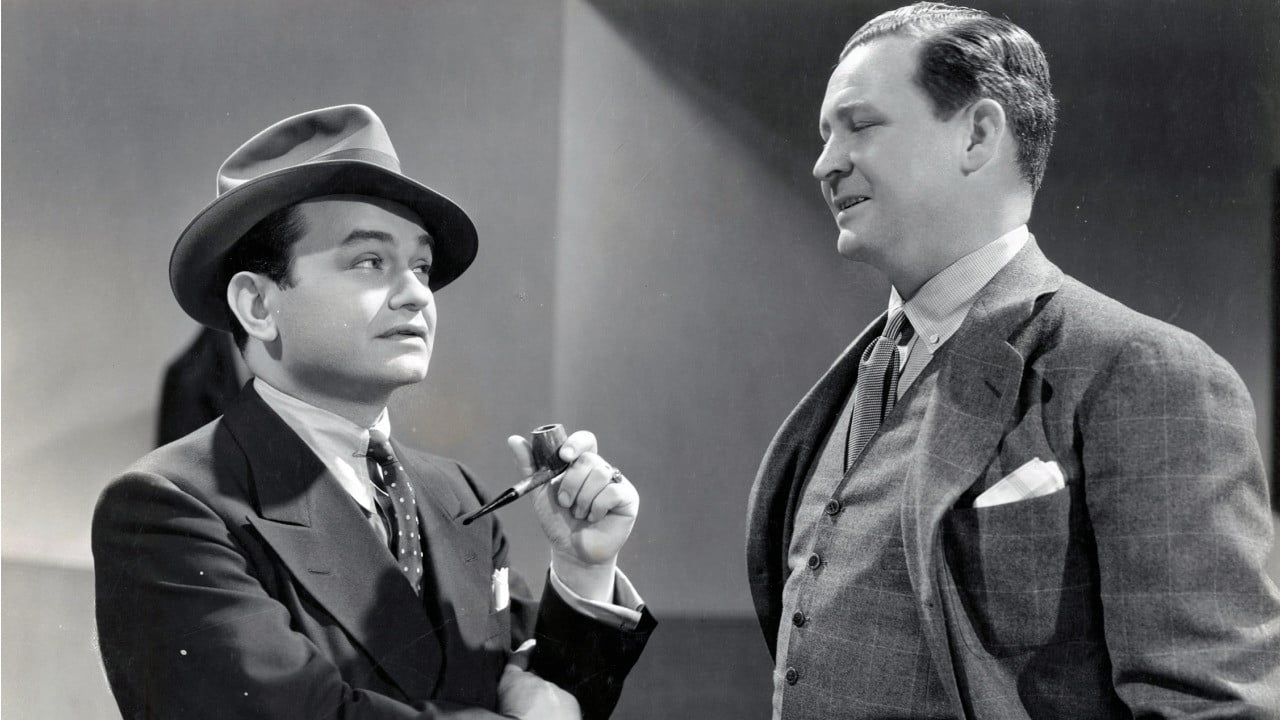Category: Issue 2
-
Satisfying the Client: Meeting the Demands of Film Festivals and Funds
For an aspiring, up-and-coming, or just any independent filmmaker, film festival grants and film funds are often the only hope to get films made, let alone distributed and seen by audiences who can contribute to the filmmaker’s success. It is indeed this funding that gives an extra boost to filmmakers that may never otherwise find…
-
Positionality of Film Festivals: Hierarchies of Attendees and Ranking of Importance
According to John Goldstein, managing partner of the Maple Theatre in West Bloomfield, Michigan, “Consumer habits are changing and the experience is becoming a bigger part of the equation.” The experience meaning the tangible perks audiences can engage with at a cinema aside from the film: reclining chairs, larger screens, alcoholic beverages, restaurant quality food…
-

PINKY: Challenging and Changing the Production Code Administration
From 1930 to 1968, the Motion Picture Production Code helped guide and censor film creators in terms of what was appropriate or inappropriate for the general audience. As time progressed, the comments that the Production Code Administration (PCA) had on films went from recommendations to strict guidelines before being disbanded in 1968. While the PCA…
-
Millennial Apathy Theory
The lights go out and an electric whir emanates from the projector overhead as a digital image shines on the screen. The ominous music of John Huston’s 1941 film noir classic The Maltese Falcon booms from the speakers. The classroom full of students settle in for one hundred minutes of film history presented right before…
-

Examining the Impact of Censorship on Themes of SHE DONE HIM WRONG
The multifaceted singer, actress, and writer Mae West “found her career on sex.”[1] West claimed her fame through Vaudeville and Broadway, and she made her way onto the big screen in Hollywood where she saw just as much success. Although West was very popular with both men and women due to her strong, feisty personality…
-

BULLETS OR BALLOTS: The Gangster as the Antithesis of the American Dream
The American Dream is that mythical idea that every American citizen wants to achieve: a house, a picket fence, two cars in the garage, and 2.5 kids to play on the perfectly manicured green lawn out front. But this dream was proved as nothing more than a dream with the coming of The Great Depression.…
-
The Religious Order of the Toronto International Film Festival
In the months following the Toronto International Film Festival, one can see how life in a film festival and life back home are wildly different. Having seen both the visual and written sides of a festival, one can make deductions that TIFF is truly, as André Bazin writes about, a religious order. The ritual and…
-
Film Festivals as Cultural Proxy of Cold War Ideology
Since their inception, film festivals have been a vehicle for nations to display both filmmaking merit as well as political ideologies. The post war film festival boom in Europe initiated a festival culture that praised nationalism and acted as an “Olympics of Films” for countries to gather and celebrate their national cinemas. [1] These newly…